In daily life, many of us may have experienced foot fatigue or even pain due to prolonged walking or standing. Among these issues, flat feet, as a common foot problem, is quietly affecting the quality of life for many individuals.
As the name suggests, flat feet refer to the collapse or lowering of the foot arch, resulting in the sole of the foot almost completely touching the ground. This not only affects the appearance but, more importantly, it can alter the alignment of the lower limbs, increasing the load on the knees, hips, and even the spine. Over time, this can lead to pain, arthritis, and other issues.
Therefore, early detection, scientific assessment, and effective intervention for flat feet are especially important.
In this context, the 3D scanner for flat feet has emerged, becoming a new hope for flat foot patients with its unique technology and precise diagnostic capabilities. So, how does this magical scanner work? Let’s uncover its secrets.
The 3D scanner for flat feet, as the name suggests, is an advanced device specifically used to detect and assess the condition of flat feet. Its working principle is not complicated, yet it is incredibly accurate and efficient. In simple terms, it is like taking a three-dimensional "photo" of the foot, but this "photo" is 3D and can capture every subtle detail of the foot.
Specifically, the scanner works by emitting laser beams or using structured light and stereoscopic vision technology towards the foot. These light beams or rays reflect off the surface of the foot and are captured by the scanner’s high-precision sensors. The reflected light carries information about the shape and contour of the foot’s surface.
Next, the scanner uses advanced algorithms to process and analyze this information, ultimately generating a high-precision 3D model. This model not only includes basic information like the length and width of the foot but, more importantly, it can accurately display the height and shape of the foot arch and other subtle features.
With this 3D model, doctors can visually observe the shape of the arch and accurately measure the height, length, and other parameters, thereby assessing the severity of flat feet.
This non-contact scanning method not only reduces discomfort for the patient but also greatly improves the accuracy and objectivity of the diagnosis. Compared with traditional methods of diagnosing flat feet, such as manual palpation and X-rays, the 3D foot scanner is undoubtedly more scientific, precise, and efficient.
So, what are the advantages of the 3D scanner for flat feet in practical applications?
First, its high precision is obvious. It can capture millimeter-level details, providing a solid foundation for precise analysis. This is crucial for developing personalized treatment plans.
Second, the non-invasive measurement method makes it suitable for all types of people. Whether children or the elderly, anyone can undergo a foot scan without any harm.
Additionally, efficiency and convenience are major highlights. The scan can be completed in just a few seconds, significantly reducing the measurement time and allowing patients to receive diagnoses and treatments more quickly.
Moreover, data visualization is another major advantage of the 3D foot scanner. The generated 3D models are intuitive and easy to understand, facilitating subsequent analysis and application. Doctors can use this data for in-depth research, providing more personalized treatment and prevention plans for flat feet.
In the treatment of flat feet, the 3D foot scanner also plays an important role. Based on the 3D foot model obtained from the scan, doctors can customize personalized orthotic insoles or braces for the patient.
These corrective tools can specifically adjust the foot pressure distribution and improve the shape of the arch, alleviating the discomfort caused by flat feet. Compared to traditional correction methods, personalized correction plans are more tailored to the patient's actual needs, providing more precise support and corrective effects while significantly reducing discomfort during the correction process.

 +86-0755-86131192
+86-0755-86131192 2024-11-06
2024-11-06 Back to list
Back to list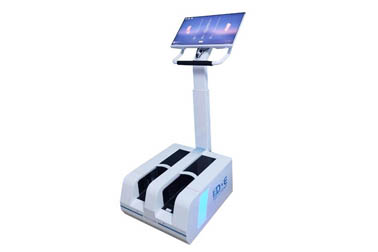
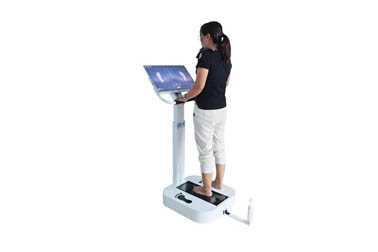
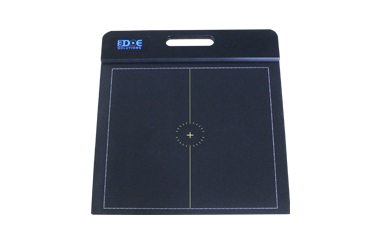
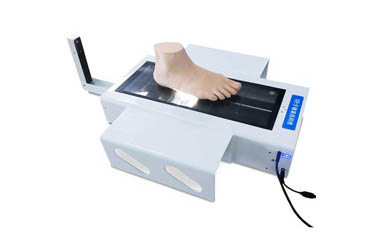
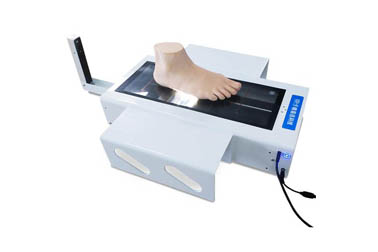
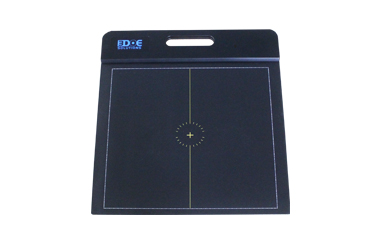



 +86-0755-86131192
+86-0755-86131192